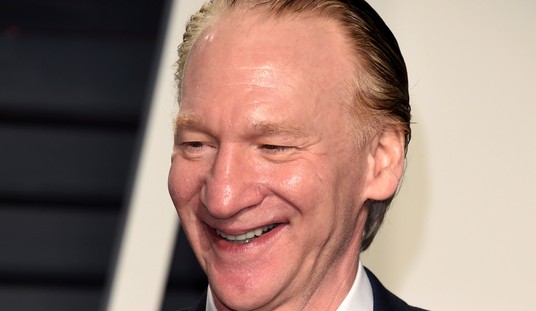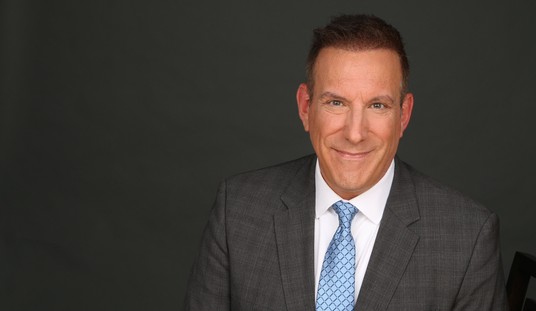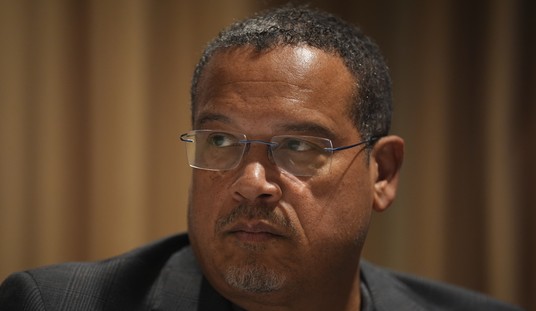The August jobs report from BLS offers yet another installment on the four-year stagnation period after the Great Recession. The US economy added 169,000 jobs, just above the 150,000 needed to keep pace with population growth. The U-3 jobless rate edged downward to 7.3%, but that’s because the labor force participation rate hit another 35-year low:
Total nonfarm payroll employment increased by 169,000 in August, and the unemployment rate was little changed at 7.3 percent, the U.S. Bureau of Labor Statistics reported today. Employment rose in retail
trade and health care but declined in information.Both the number of unemployed persons, at 11.3 million, and the unemployment rate, at 7.3 percent, changed little in August. The jobless rate is down from 8.1 percent a year ago. (See table A-1.)
Among the major worker groups, the unemployment rates for adult men (7.1 percent), adult women (6.3 percent), teenagers (22.7 percent), whites (6.4 percent), blacks (13.0 percent), and Hispanics (9.3 percent) showed little change in August. The jobless rate for Asians was 5.1 percent (not seasonally adjusted), little changed from a year earlier. (See tables A-1, A-2, and A-3.)
In August, the number of long-term unemployed (those jobless for 27 weeks or more) was about unchanged at 4.3 million. These individuals accounted for 37.9 percent of the unemployed. Over the past 12 months,
the number of long-term unemployed has declined by 733,000. (See table A-12.)The civilian labor force participation rate edged down to 63.2 percent in August. The employment-population ratio, at 58.6 percent, was essentially unchanged. (See table A-1.)
At the same time, almost twice as many people left the work force as found new jobs, net:
https://twitter.com/Neil_Irwin/status/375959805849919488
On top of that, previous reports were revised downward:
The change in total nonfarm payroll employment for June was revised from +188,000 to +172,000, and the change for July was revised from +162,000 to +104,000. With these revisions, employment gains in June and July combined were 74,000 less than previously reported.
Interestingly, U-6 unemployment dropped from 14.0% to 13.7%, its lowest level in five years, but that has to do with the shrinking workforce, too. In order to be counted in U-6, workers have to be at least marginally attached to the labor force. That’s defined as ” those who currently are neither working nor looking for work but indicate that they want and are available for a job and have looked for work sometime in the past 12 months.”
In the Household survey, the figures are even worse for those not in the labor force. It rose from 89.957 million in July to 90.473 million in August, a new high — and a jump of 516,000, not 312,000. That’s a half-million people who disappeared out of the labor force in a month.
CNBC notes that this is a miss on expectations, as well as a stagnation result:
Job growth was less than expected in August as the U.S. economy added 169,000 positions, raising questions over whether the Federal Reserve will begin a pullback on its historically easy monetary policy.
The Bureau of Labor Statistics also said the unemployment rate dropped to 7.3 percent, due primarily to fewer Americans in the labor force. …
Some of the internals were poor as well.
The labor force participation rate slumped to 63.2 percent, a 2013 low and its worst reading in 35 years.
More than half the jobs added came through estimates the government does each month of the amount of positions gained or lost through new business openings and closures. The so-called birth-death model added 90,000 to the total.
Unemployment for blacks jumped to 13.0 percent from 12.6 percent, while the average duration of unemployment hit a five-month high at 37 weeks.
And job quality was at the low end of the income spectrum, as retail led the way with 44,000.
Is this a bad enough report to have the Fed reverse course and continue its quantitative easing? Ben White thinks not:
This is not a good jobs report but it does not seem nearly bad enough to change Fed plans to begin taper in September.
— Ben White (@morningmoneyben) September 6, 2013
I think this demonstrates that the Fed simply isn’t having an impact any longer.







Join the conversation as a VIP Member